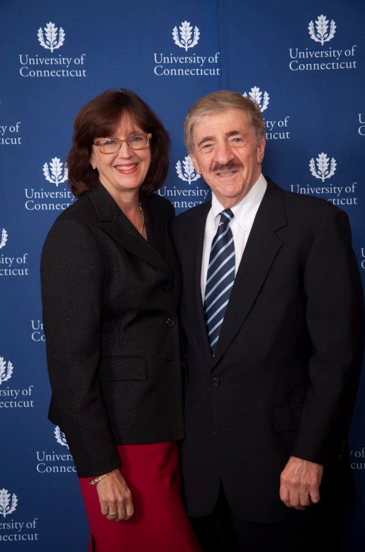
A recent study by the National Center for Research on Gifted Education found that students from underserved populations—including African American, Latinx, English language learners, and students who received free or reduced-price lunch—were between one-quarter and one-half as likely to be identified for gifted programs as their more affluent peers. These findings were also reported for large urban districts where the vast majority of students are from minority and low-income populations.
How can today’s K-12 school districts ensure greater representation of low-income and minority students in gifted education programs? It’s important for educators to use and recognize the difference between two types of assessments to seek out students who can benefit from extended opportunities, resources and encouragement.
Using assessments of and for learning
The first type is an assessment of learning, which tells us what students already know and how they have performed in school when compared with others. Scores often reflect students’ family backgrounds, neighborhood demographics, early life experiences, and the quality of their previous school experiences.
The second type is an assessment for learning. It focuses on students’ co-cognitive characteristics, or soft skills, such as interests, motivations, curiosity, planning skills, styles of learning and expression, empathy, creativity, and self-regulation. The skills measured by this kind of assessment often predict potential contributions better than high scores on standardized tests.
Creativity, innovation and task commitment are more valuable than high scores on standardized tests
Assessment for learning results can be used to support students in ways that target their particular strengths rather than deficits. As most educators agree, anything interest-based makes learning more enjoyable and engaging.
A number of teacher rating scales and student self-assessment instruments are available (both in print and electronic formats) to gather information on these soft skills. K-12 administrators can also ask teachers to compile interest and strength-base profiles that will guide them toward resources for personalizing at least some aspects of each student’s potential.
Developing gifted behaviors
We can achieve greater equity in gifted education by replacing approaches to identification that are rooted in an understanding of “gifted” as a state of being. Educators must concentrate instead on developing gifted behaviors through students’ individual interests, talents, motivations, and executive function skills in areas where there is performance-based evidence of high potential. These are exactly the kinds of skills that present-day employers are seeking in the rapidly changing job market, where creativity, innovation and task commitment are more valuable than high scores on standardized tests.
History is replete with individuals who were not superstars in traditional prescriptive learning situations, but who made notable contributions to their areas of interest and strengths when given opportunities and support. That’s why student strengths and interests should be the starting point for deciding who is considered for advanced learning and creative opportunities in particular academic domains and topical strength areas. And that’s why the University of Connecticut’s Schoolwide Enrichment Model is based on this approach.
Read: Twice-exceptional students: What districts need to know
We begin by gathering assessment for learning information on all students through the use of a digitally based survey of the co-cognitive characteristics mentioned earlier. This survey provides a strength-based profile for each student. Based on student interests, we also infuse various kinds of general enrichment into the regular curriculum and conduct weekly multigrade-level enrichment clusters. Students who respond enthusiastically to these experiences are given access to advanced enrichment services under the direction of a trained talent development specialist, or teachers or community service mentors with expertise in facilitating advanced learning in their particular disciplines.
Educators must recognize that America’s talent pool is changing, and most school districts have more diverse populations. If gifted education advocates are to remain true to the purpose of producing the next generation of leaders, scholars, artists and innovators, then they must explore ways of going beyond traditional metrics and norms to identify the innovative and creative potential of students.
And the technology revolution is creating the need for a different brand of learning—one that goes beyond acquiring and storing information for the next standardized test. Enrichment, engagement and enjoyment of learning should be our main goals.
Joseph S. Renzulli is the Neag School of Education professor of gifted education and talent development at the University of Connecticut, and the director of Neag’s Renzulli Center for Creativity, Gifted Education, and Talent Development. Sally M. Reis is the Letitia Neag Morgan chair of educational psychology and a board of trustees professor in Neag’s Department of Educational Psychology.

